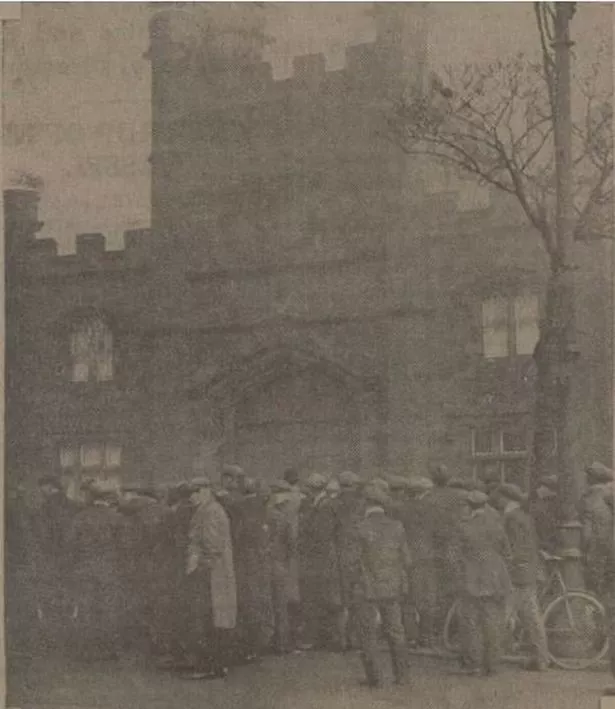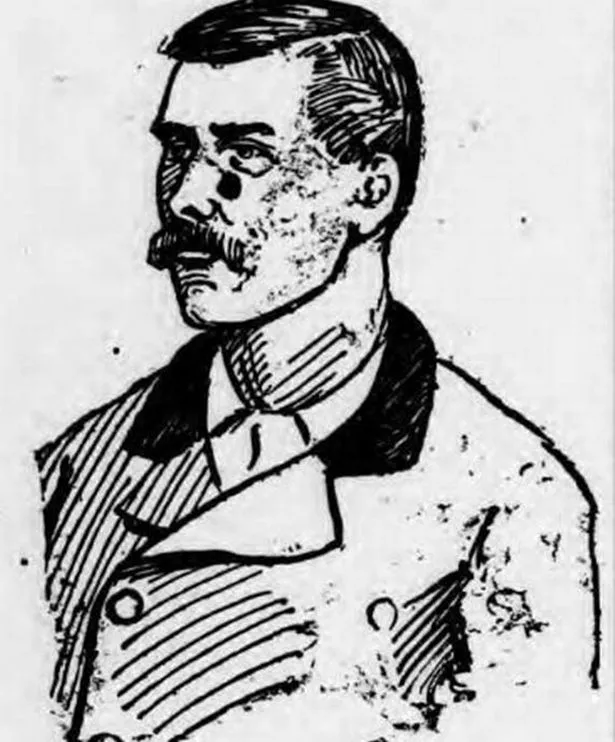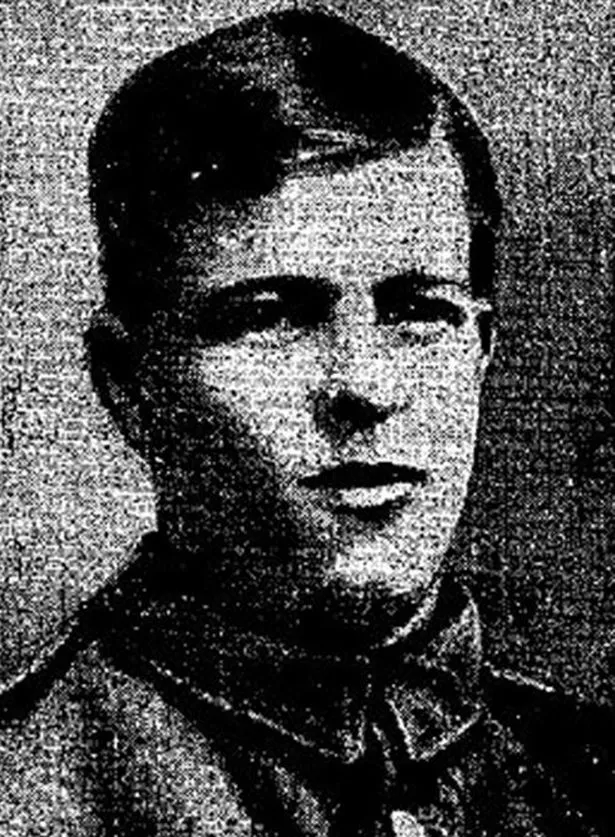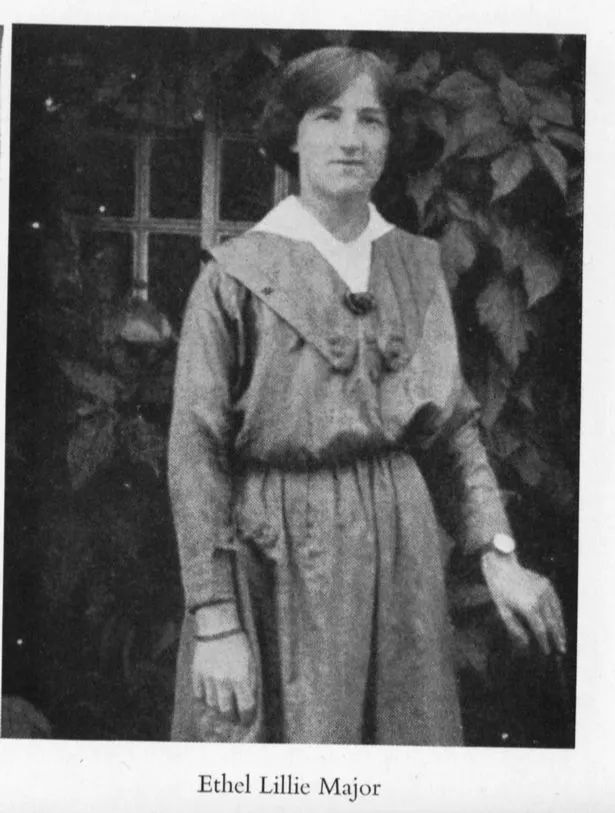The death penalty was abolished in Britain in 1964.
But before the ultimate punishment was outlawed, it was not uncommon for criminals to be hanged for their crimes.
And it was no different in Hull.
In total, ten people - nine men and one woman - were hanged at HMP Hull.
The last of those to die was 82 years ago but the macabre episode still echoes all these years later.
Executions were carried out in Hull long before the prison was built. Among the most famous was the hanging of Sir Robert Constable at the site of Beverley Gate in February 1537. He was hoisted up in chains and left to rot. In later years, however, condemned men were sent to York to face the drop. [Blogger: this is incorrect. There were no 'long drop hangings' in the UK until 1853 and this became the established method from the start of the 1870s.]
The foundation stone of Hull Prison, in Hedon Road, was laid in 1869, but it wasn’t until 1902 that a gallows was built.

Executions at Hull Prison were done very quickly, soberly, and by the book. The prisoner would await their sentence in the condemned cell, unaware that the gallows was hidden in an adjoining room.
The night before the execution, under the cover of darkness, a taxi or police van would arrive carrying the executioner and his assistant. During the night, the prisoner would be granted the right to see and speak to a priest.
The prisoner would be measured and weighed, allowing the hangman to prepare his equipment. In Britain, prisoners were hanged using the “long drop” method, which ensured they suffered a quick death, by a broken neck, rather than the agony of slow strangulation at the end of the rope
When the allotted time arrived, the prisoner would stand in his or her cell, and the hangman and his assistant got ready.
Witnesses would include the prison governor, prison officers, a priest and a representative of the local sheriff. The prisoner would then walk the short distance to the gallows. It would all be over in seconds.
The condemned cell has now been converted to a standard cell, the hanging room is a shower block and the mortuary, below it, is a store room.
Here, we take a look at those who were hanged at the prison.
Arthur Richardson

The first execution at Hull Prison took place on March 25, 1902, when Arthur Richardson was hanged for the murder of Sarah Hebden. She was murdered on November 28, 1901, at 97 Hodgson Street. Initially the police struggled to find a suspect, but then suspicion fell on her 26-year-old nephew, Arthur.
It transpired that Richardson had tried to rob his aunt, who was an insurance collector, and killed her.
William James Bolton
He was charged with murdering Jane Allen, described back then as a “woman of the unfortunate class“, who lived in Goodwin Street. The couple were involved in a relationship, but Bolton travelled a lot, and they spent a great deal of time apart. When he heard of her plans to marry another man, Bolton stabbed her to death.
Bolton tried to cheat the hangman by cutting his own throat, but he recovered in time to be hanged two days before Christmas 1902.
Charles William
Twenty-year-old Charles William had fallen for 16-year-old Annie Marshall, whom he met at Mr Brewster’s farm, near Cottingham. He later shot her twice in the head and apparently stuffed her mouth with grass. William was hanged on December 22, 1903.
Thomas Siddle
Bricklayer Thomas Siddle was the fourth man to be hanged, on August 4 1908, for the murder of his wife Gertrude at their house in Tyne Street, Hull. Gertrude was just 22 at the time and the couple had recently separated.
She was living with a Mrs Felcey and when Thomas visited, they quarrelled and he chased her through the house into the kitchen, where he cut her throat with a razor. Mrs Felcey immediately raised the alarm and Thomas was arrested.
John Freeman
The fifth execution was that of John Freeman, who was hanged on December 7, 1909, for stabbing to death his sister-in-law, Florence, at 4 Kingston Place, Porter Street, Hull, the previous August. He was hanged by Henry Pierrepoint.
William George Smith

William George Smith was hanged on December 9, 1924, for the murder of a mother of three, Elizabeth Bousefield.
By all accounts, the 23-year-old Elizabeth, who shared a house in Arundel Street, Holderness Road, with Thomas Senior and George Barber, was unhappy and a brief friendship led to a romance with Smith.
This complicated situation ended in tragedy when Senior made certain remarks about poor Elizabeth. In a fit of jealous rage, Smith then cut Elizabeth’s throat before trying to run.
He eventually gave himself up and, after a brief trial, was sentenced to death. As he was taken down, his mother shouted across the crowded courtroom: “God help you, Billy, my son.”
Robert Ernest Dalton
Dalton, sometimes known as Hubert, killed co-worker Francis Ward with a hammer on October 3, 1924, before returning by candlelight to cut his throat “just to make sure”. He was caught when police investigating the murder found Ward’s purse hidden in Dalton’s outhouse. He was hanged by Thomas Pierrepoint and Robert Baxter on June 10, 1925.
George Michael
On New Year’s Eve 1931, George Michael murdered his “wife” Theresa Mary Hempstock, 47, at her home in Upper Union Street, Hull.
Michael was a bigamist and Theresa had found out and gone to the police. He thought this was a way of her getting rid of him, and he decided that murder was the only option.
The case attracted a lot of attention and, at the time of the execution, on April 27, 1932, 300 people turned up outside Hull Prison. Shortly after 9am two warders stepped out of the small front door of the prison and put up a small wooden notice board.
On it were pinned two notices, to the effect that the judgement of death had been carried out.
Roy Gregory
The ninth and last man to be hanged at Hull Prison was Roy Gregory for the murder of his stepdaughter Dorothy Margaret Addinall, who was just two at the time.
He battered her death at 40 Queen Street, Scarborough, on March 9, 1933. Gregory, a 28-year-old bootmaker, was hanged on January 3, 1934.
Ethel Lillie Major

The most famous execution carried out at Hull Prison was also the last. Ethel Lillie Major was the only woman to be hanged there when she went to her death on December 19, 1934.
She had been convicted of poisoning her husband, Arthur, with strychnine in his corned beef at their home in Kirkby-on-Bain, Lincolnshire.
Many people called for her sentence to be commuted and letters went back and forth to the Home Office and even the King.
Blogger: so these people thought that poisoning someone was excusable. See Genesis 9:6.
.jpeg)